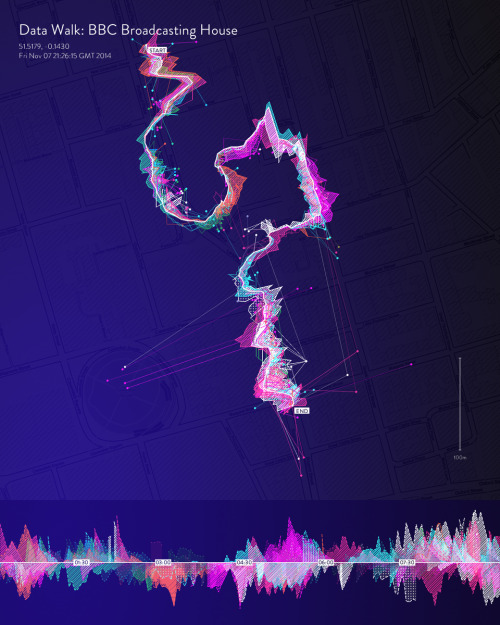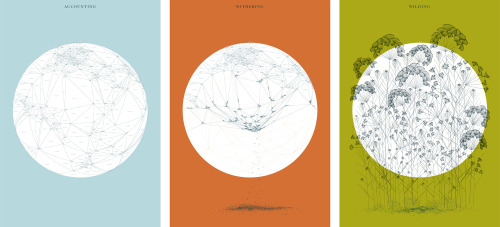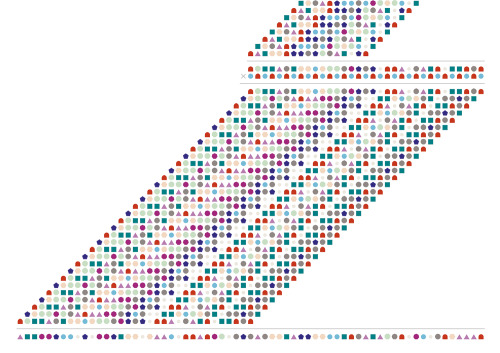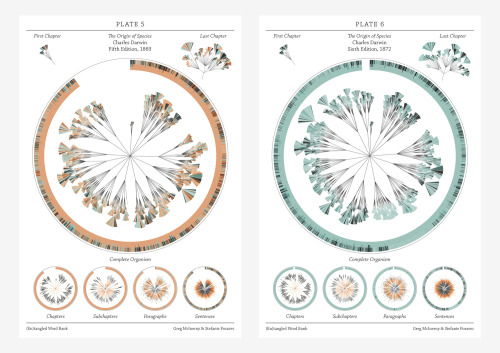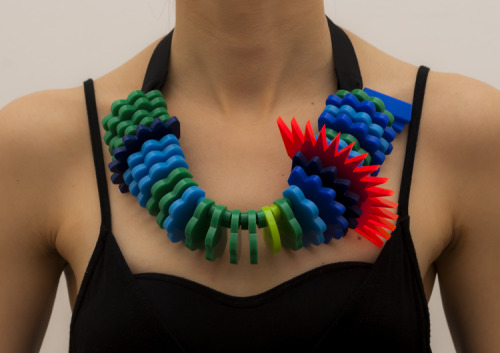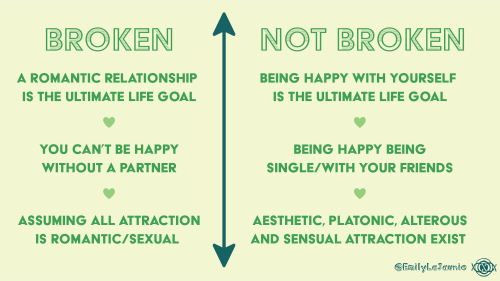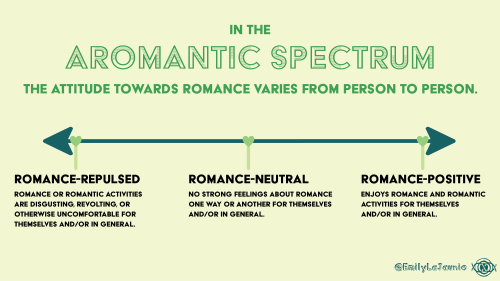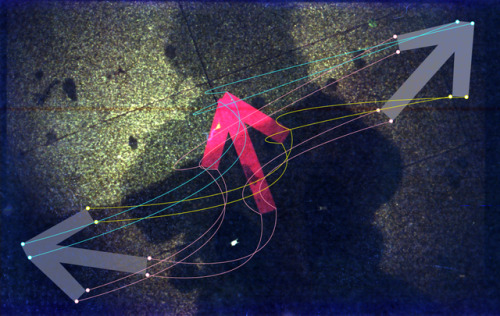#information design
7E Guest Artist Stefanie Posavec
Stefanie Posavec is an London-based data artist with an MA in Communication Design (Central Saint Martins). With a background in book design and text visualisation, she works as a designer with a focus on data-related design, with work ranging from data visualization and information design. She is commissioned for data art and data illustration for a variety of clients. Her personal work focuses on the visual representation of language, literature, or numbers and has been exhibited internationally.
Check out her site. We love her book art.
-7E
Post link

Risk Factors and Prevention of Skin Cancer
The sun doesn’t care what season it is, it’s always putting you at risk for skin cancer. Use preventive measures, such as wearing sunscreen or protective clothing, year-round to lower your risk of developing life-threatening cancer.
~✦~✦~✦~✦~✦~✦~✦~✦~✦~✦~
✦ Like my art? Consider supporting me: Ko-fi. For custom art for personal use, view my Commission Info. For graphic design/art for business purposes, i.e to make profit from reselling the work as a product, using it for advertising/promotion, etc., view my Contract Details on my website: emilylaj.com/contract-details. ✦
[ID: An infographic about the risk factors and prevention methods of Skin Cancer. Both sections are on top of a half-sun, with risk factors sun being orange and red (more intense), and prevention’s being yellow and orange (less intense). Risk Factors. Indoor Tanning: 1 session increases risk of life-threatening melanoma by 75%. Sunburn: 5 or more doubles risk of life-threatening melanoma. Skin Type: Every skin type can burn, but fair skin is most easily burned. UVA/UVB Exposure: A high UV index will burn unprotected skin faster/worse. Genetics: Some are genetically predipositioned to get sunburned. Atypical Moles: Those with 10 or more have 12 times risk of melanoma. Red Hair: 1.5 times risk of basal cell carcinomas and 12 times squamous cell carcinomas. Prevention. Sunscreen: SPF 30+, apply 30 min prior, reapply every 2 hrs. Protective Clothing: Dark/bright colors and densely woven fabrics. Car/Home Window Film: Look for the Skin Cancer Foundation’s Seal of Recommendation. Annual Skin Exams: Visit your physician yearly for skin exams. Monthly Self- Exams. Anything new, changing, or unusual, immediately visit dermatologist. Healthy Diet: Eat daily recommendations of vitamins C, E, A, and pink, selenium, beta carotene, omega 3-fatty acids, lycopene, and polyphenols. End description.]

May: Brain Cancer Awareness Month
The most common symptoms of brain cancer are:
- Headaches
- Seizures
- Difficulty thinking/speaking
- Personality changes
- Tingling/Stiffness on one side of the body
- Loss of balance
- Vision changes
- Memory loss
- Nausea
- Disorientation
- Muscle weakness
- Anxiety/Depression
These are not all the symptoms of brain cancer, and brain cancer is NOT the only cause of these symptoms. If you suddenly or frequently experience any of these, go to your doctor so they can determine the cause.
[ID: An illustration of the side view of the human brain, with each lobe colored differently, with the most common symptoms arranged to follow the shape of the brain/lobes. The lobe-specific symptoms of brain cancer are in list formats outside the brain and correlate in color to the lobes. Frontal lobe: Personality changes, Increased aggression/irritation, Apathy, Weakness on one side of the body, Loss of smell, Difficulty walking, and Vision / Speech problems. Parietal lobe: Difficulty speaking/understanding, Problems reading/writing, and Loss of feeling in part of the body. Occipital lobe: Vision problems. Meninges: Headache, Nausea/vomiting, Sight problems, and Neck pain. Pituitary Gland: Lack of energy, Weight gain, Mood swings, High blood pressure, Diabetes, Enlarged hands/feet, Irregular/infrequent periods, and Infertility/impotence. Temporal lobe: Forgetting words, Short-term memory loss, and Seizures (often associated with strange smells/feelings). Brain Stem: Issues with coordination, Eyelid/mouth droops to one side, Difficulty swallowing, Difficulty speaking, and Double vision. Cerebellum: Issues with coordination, Uncontrolled eye movement, Nausea/vomiting, Neck stiffness, and Dizziness. Spinal Cord: Pain, Numbness, Weakness in legs/arms, Loss of bladder/bowel control, and Difficulty walking. End description.]
Post 5: What Is My Aromantic Label?
This is a brief/incomplete guide. Visit lgbta.wikia.org/wiki/Aromantic_Spectrum to learn more and find more labels!
Happy Aromantic Spectrum Awareness Week 2021
Each day I’ll be posting something to spread awareness and positivity about aros!
Post 1: It’s a Spectrum;Post 2: Aromantics Aren’t Broken;Post 3: What Not To Say to Aros; Post 4: Aros Are Awesome; Post 6 (Final Post): Have Pride!
[ID: A infographic with arrows pointing to rounded corner blocks that have the name and definition of a aromantic spectrum label based on factors and yes/no questions. From the title block “What is my aromantic label?” four arrows point to four blocks, two on each side. First block on the left is “Alicoromantic: I know I’m somewhere on the Aro-spec but no Aro-spec label fits or I don’t know which Aro-spec fits me best”. Second block, below first, is “Aroallo: I am aro or aro-spec and also allosexual (not asexual)”. On the right the first block is “Greyromantic: I relate with aromanticism, yet feel there are parts of my experience that aren’t fully described by the word aromantic”. Second block, below first, is “Quoiromantic: I challenge or reject romantic orientation as not personally useful, don’t know my romantic orientation, or don’t want to define my orientation”.
From the title block an arrow points upward to “Am I repulsed by/aversed to romance?”. “Kinda” points upward to “Acoromantic: I want to act on my romantic attraction but I have a strong aversion to do so because of apprehension or bad experiences with romantic relationships or activities”. “Yes” points to the right, then up, then right again to two blocks, with “or” in between them (all multiple blocks have “or” between them). First block is “Apothiromantic: I am romance repulsed, either for myself or in general. I don’t seek out romantic relationships and dislike romantically coded acts like kissing or cuddling”. Above it, second block is “Omniaromantic: I do not feel romantic attraction under any circumstances, I am not interested in engaging in romantic activities or relationships, and I don’t wish to talk about romance or romantic activities”. “No” points to the left to “Do I desire romantic relationships?”. “Yes” points up to “Cupioromantic: I do not experience romantic attraction but I still desire a romantic relationship. I may also sometimes feel romantic attraction but want a relationship even without that attraction”. “No” points to the left, then up, then to the right, and then down to two blocks. First block is “Aegoromantic: I enjoy the concept of romance but have a disconnect between myself and romance. I enjoy romance in media, but don’t desire a relationship. My romantic fantasies may be viewed from a third-person perspective where I’m just a disembodied observer”. Second block is “Bellusromantic: I am interested in traditionally romantic activities, like kissing/cuddling, but not in the context of a romantic relationship.
I don’t feel romantic attraction and don’t want a romantic relationship”.
From the title block an arrow points downward to “Dependent romantic attraction” which an arrow then points to the right to “Aliquaromantic: I only experience romantic attraction under certain circumstances. This can be considered an umbrella term”. Arrow points down to “Is my attraction dependent on other’s feelings?” and “Yes” points downward to three blocks. First block is “Apresromantic: I experience romantic attraction only after another attraction is felt, such as platonic, aesthetic, sensual, and/or sexual attraction”. Second block is “Demiromantic: I don’t experience romantic attraction until I have formed a deep emotional connection (platonic, sexual, or other) with someone”. Third block is “Frayromantic: I only experience romantic attraction towards those that I am not deeply connected with, and I lose that attraction as I get to know the person”. “No” points to left and then down to three blocks. First block is “Lithromantic: I may experience romantic attraction but I do not want it reciprocated, and I am uncomfortable at the thought of someone being romantically attracted to me”. Second block is “Proculromantic: I only feel romantic attraction to those who I can never be in a relationship with, such as fictional characters, or celebrities”. Third block is “Recipromantic: I do not experience romantic attraction unless I know that the other person is romantically attracted to me first”. From title block an arrow points down and then left to “Fluctuating aromanticism” and another arrow points to three blocks below it. First block is “Aroflux: My romantic orientation fluctuates but generally stays on the aromantic spectrum. I may feel very strongly aromantic one day and less aromantic another day”. Second block is “Aro-jump: I am normally alloromantic, but I experience sudden and intense brief spikes of aromanticism before returning just as suddenly to my normal alloromanticism”. Third block is “Arospike: I experience rare and sudden spikes of romantic attraction for a varied amount of time (one day to months) before returning to my normal level of aromanticism”.
In the middle of the infographic at the top there is a block titled “Neurodivergent”. Arrow points up to “Arovague: My orientation is partially or fully influenced by my neurodivergency”. From main block arrow points right, then up, and then right again to “Nebularomantic: I can’t distinguish the difference between romantic and platonic attraction”. “Neurotypical?” points downward to “Platoniromantic”. From main block arrow points down to “Requisromantic: I have limited or no romantic attraction, interest, or activity due to emotional exhaustion from romantic experiences, dealing with romance, or from something else that is emotionally draining”. End description.]
Post link
Post 4: Aros Are Awesome
A reminder to all my fellow aros! We are amazing!
Happy Aromantic Spectrum Awareness Week 2021
Each day I’ll be posting something to spread awareness and positivity about aros!
Post 1: It’s a Spectrum;Post 2: Aromantics Aren’t Broken; Post 3: What Not To Say to Aros; Post 5: What Is My Aromantic Label?; Post 6 (Final Post): Have Pride!
[ID: Three horizontal arrows in a stacked formation with a phrase coming up from the top of each arrow. 1st phrase: Aros are awesome. 2nd phrase: Aros are adored. 3rd phrase: Aros are amazing. End description.]
Post link
Post 3: What Not To Say To Aros
Don’t ever say these things to an aromantic, but also to people in general when talking about romance/dating.
Happy Aromantic Spectrum Awareness Week 2021
Each day I’ll be posting something to spread awareness and positivity about aros!
Post 1: It’s a Spectrum; Post 2: Aromantics Aren’t Broken; Post 4: Aros Are Awesome; Post 5: What Is My Aromantic Label?; Post 6 (Final Post): Have Pride!
[ID: Three statements on what not to say to aros.
1. You just haven’t fallen in love yet. This is a dismissive/invalidating statement. just like allos can want to date after seeing people dating in media/real life, aros can know they don’t feel romantic attraction/want to date.
2. You’ll find the right one eventually. This a dismissive/invalidating statement. you are equating an aro’s lack of romantic attraction/desire to find a partner to them not meeting “the one” yet. There is no such thing as “the one”; no one is made for another person. Aromanticism is not something to be “cured” by a “special someone”. It is an orientation that doesn’t need to be fixed.
3. You’ll change your mind. This a dismissive/invalidating statement. While it is perfectly normal for an aro’s aromanticism to fluctuate, it is not for you to decide/assume that it will and it is certainly not up to you to decide that an aro will stop being aro after XYZ. Aromanticism is not a phase. End Description.]
Post link
Post 2: Aromantics Aren’t Broken
There’s nothing wrong with not wanting a romantic partner. Having a life partner isn’t required to be happy or to have a fulfilling life. What other’s assume will make you happy may only make you miserable. Do what makes you happy and comfortable.
Happy Aromantic Spectrum Awareness Week 2021
Each day I’ll be posting something to spread awareness and positivity about aros!
Post 1: It’s a Spectrum; Post 3: What Not To Say to Aros; Post 4: Aros Are Awesome; Post 5: What Is My Aromantic Label?; Post 6 (Final Post): Have Pride!
[ID: There is a vertical two-headed arrow splitting the image into two sections. Both sections have a title with three statements underneath it; statements are separated by a small heart in the middle. The smaller section on the left is titled “Broken”. First statement is “A romantic relationship is the ultimate life goal”. Second is “You can’t be happy without a partner.” Third is “Assuming all attraction is romantic/sexual.” The larger right section is titled “Not Broken”. First statement is “Being happy with yourself is the ultimate life goal.” Second is “Being happy being single/with your friends.” Third is “Aesthetic, Platonic, Alterous and Sensual Attraction exist.” End Description.]
Post link
Post 1: It’s a Spectrum!
Happy Aromantic Spectrum Awareness Week!
Each day I’ll be posting something to spread awareness and positivity about aros!
Post 2: Aromantics Aren’t Broken; Post 3: What Not To Say to Aros; Post 4: Aros Are Awesome; Post 5: What Is My Aromantic Label?; Post 6 (Final Post): Have Pride!
[ID: Text at the top reads: In the Aromantic Spectrum the attitude towards romance varies from person to person. There is a two-headed arrow with a heart on either end and in the middle below the top text. A line descends from each heart to just above the text below it. Text on the left reads: Romance-repulsed; romance or romantic activities are disgusting, revolting, or otherwise uncomfortable for themselves and/or in general. Text in the middle reads: Romance-neutral; no strong feelings about romance one way or another for themselves and/or in general. Text on the right reads: Romance-positive; enjoys romance and romantic activities for themselves and/or in general. End description.]
Post link
The data prison
The default table crowds out your data with non-data-ink and locks your data into cells. When data is locked into cells their relationships with other data is harder to see and the reader has to work harder to learn from your table.
When making a table of data consider if, by adjusting spacing and alignment, you can make the columns or rows clear enough as they are without the prison bars. And look for opportunities to remove the visual noise to let your data and the relationships between them shine out.
The data prison is a concept from Edward Tufte. Check out the beautiful Envisioning Information, for more.
More Tufte sketchplanations:
Post link

